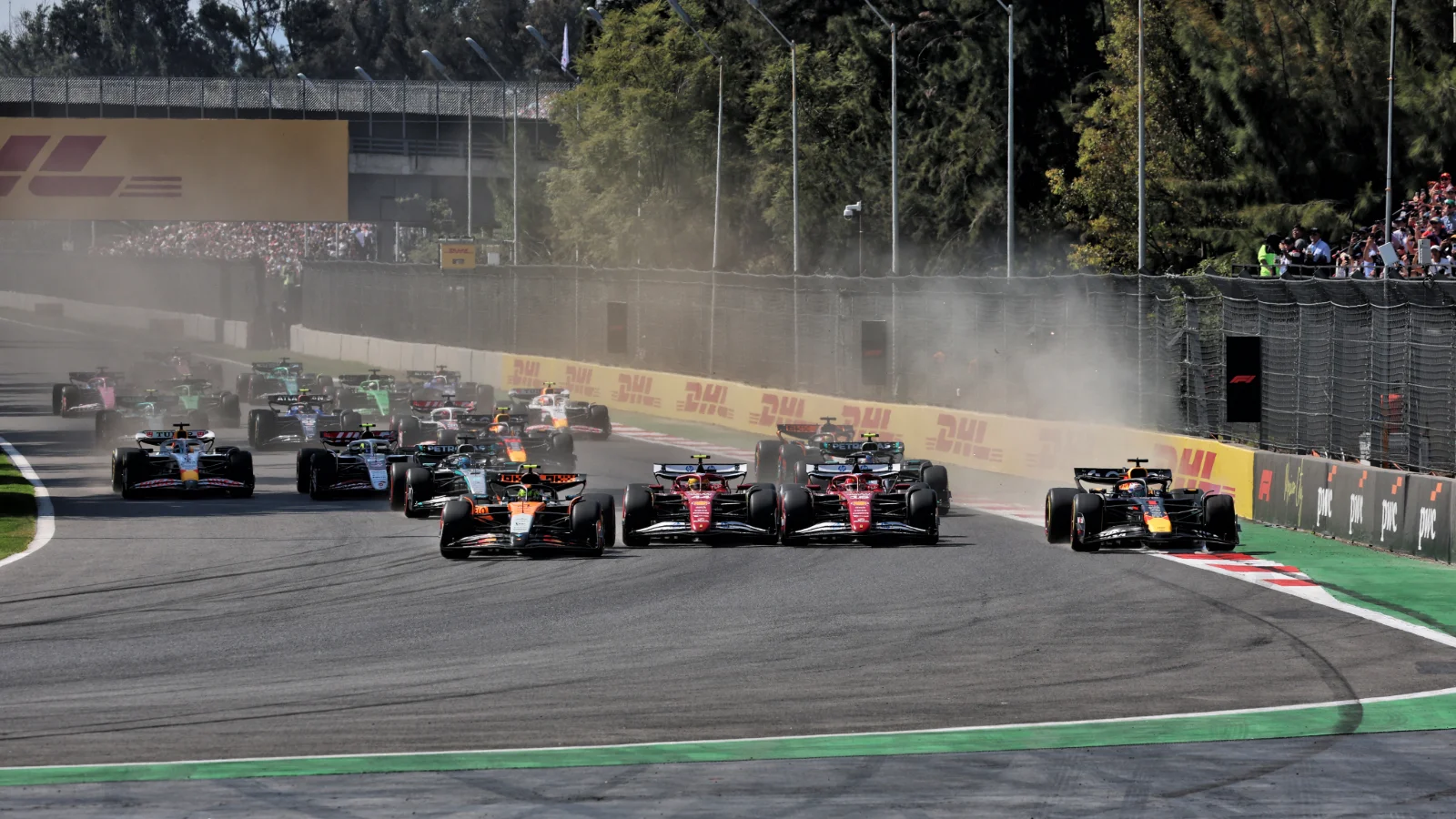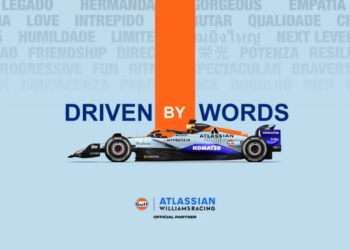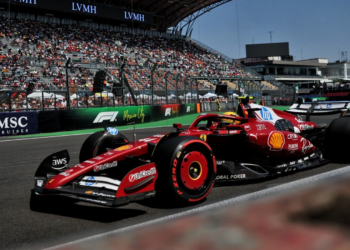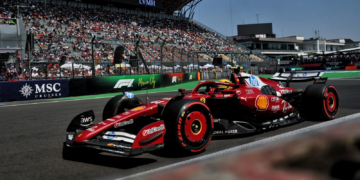There’s a myth that sport is a tidy machine of numbers: lap times, tyre models, wind angles. Add data, run a model, and the winner will pop out. Reality? Messier. Human beings sit in the middle of that machine, and people are stubbornly unpredictable.
Drivers bring skill, sure, but also confidence, nerves, fatigue and ritual. A steady hand on cold tyres in practice doesn’t always translate to composure when the lights go out.
Small things — a poor night’s sleep, a stray comment from a rival, a pit-lane misunderstanding — can disrupt a session. Those micro-variables aren’t always measured, or they’re reduced to noisy proxies that models wrestle with and often lose to the chaos of a race weekend.
Mental state shifts in a heartbeat
How do you quantify reaction speed under pressure? How do you model a surge of bravery when a gap appears on lap 54? Psychology research and driver interviews keep reminding us that preparation meets emotion, sometimes emotion wins.
Teams try to control for it with routines, sports psychologists and simulations, but humans are not sensors you can always calibrate.
Then there’s context. Grid position matters, but so do strategy choices, tyre life and pit timing. A perfectly predictable driver on a one-stop strategy can be undone by an opposing team’s two-stop gamble or an early safety car.
Weather complicates things even further. Rain doesn’t just change grip; it changes decision-making: when to be cautious, when to gamble. Those are judgment calls, not formulas.
Betting markets reflect this complexity
Odds move as news and sentiment move: a crash in practice, a surprise setup, a late team announcement — markets respond, sometimes overcorrecting. Unpredictable human performance keeps races thrilling — and driver performance trends in F1 betting markets equally complex to interpret. You can see patterns, sure, but patterns sit on top of human choice, and choice can be contrary.

Experience matters, but it doesn’t guarantee uniformity
Young drivers might be fearless one weekend and brittle the next; veterans can be ruthlessly consistent, then suddenly make an uncharacteristic error.
Team dynamics and intra-team rivalry add more wrinkles: when teammates push each other hard, mistakes can happen; when orders come down the pit wall, the “faster” driver may be asked to yield, skewing any performance metric.
Superstitions and rituals also creep in — from lucky charms to pre-race routines — and while they look quaint, they’re practical: they provide routine and calm. Confidence, however irrational, affects throttle inputs, aggression levels and split-second calls.
It’s small stuff with big consequences!
How about sheer randomness?
Motorsport contains elements of genuine luck. A debris-strewn braking zone, a puncture from a stray curb, debris from another car — these are not failures of preparation so much as reminders that externalities exist.
Historical races are littered with examples where a gust, a sudden shower or a late safety car reshuffled the deck and created improbable podiums.
Randomness has decided famous races, like Justin Haley’s rain and crash win at Daytona’s 2019 NASCAR race. Those moments are not just trivia: they remind us that while humans and teams plan, uncertainty will always have a seat at the table.
Final thoughts
The takeaway? Respect both data and its limits. Models sharpen insight and highlight tendencies, but they don’t annul the messy, human layer in the cockpit. If you want to predict outcomes, blend numbers with narrative: recent mental form, team morale, weather forecasts, and the tiny signals that hint at temperament.
Expect surprises. Expect drama. That’s the sport’s heart.









